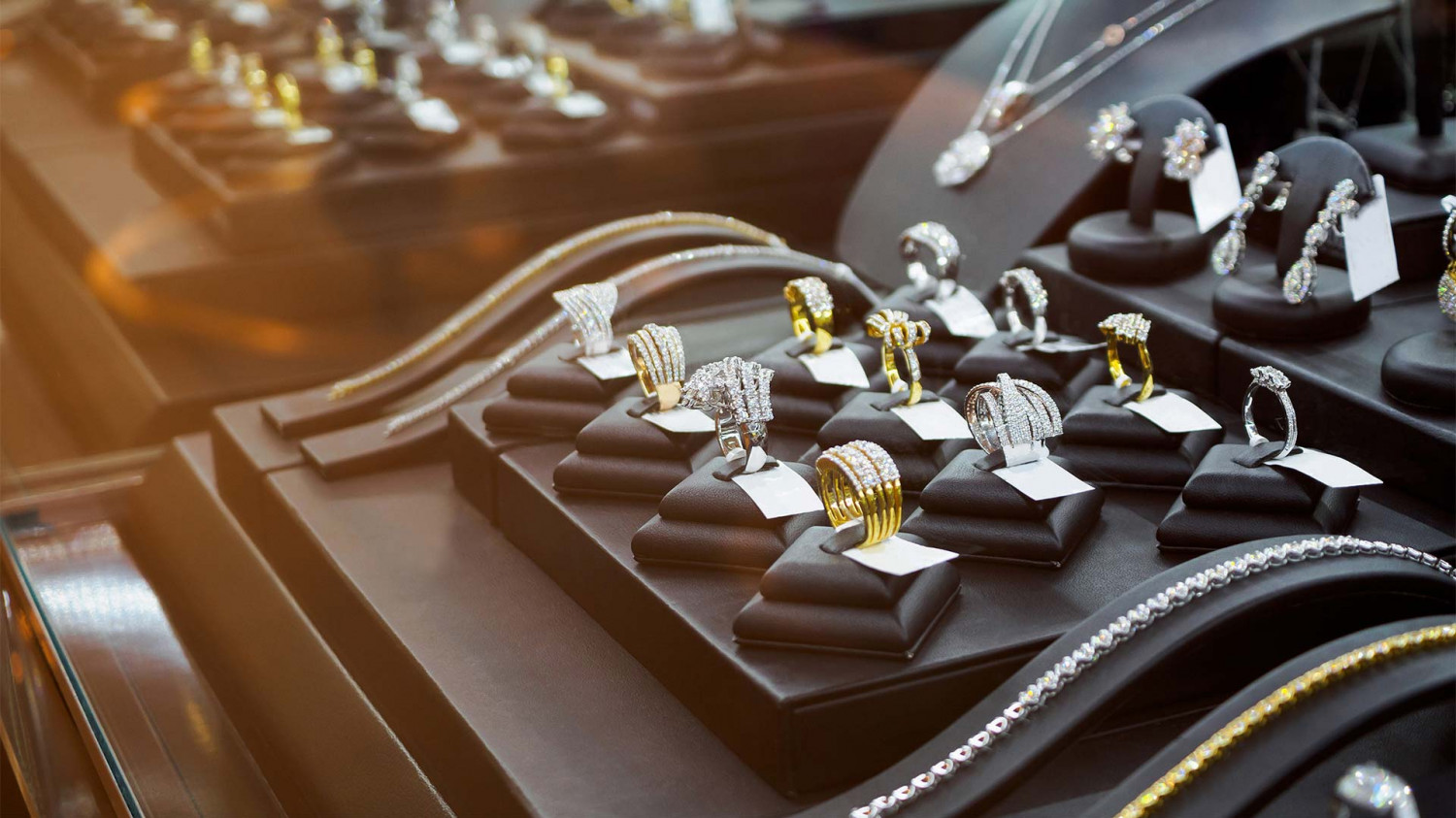.png)
Your Destination for Stunning Custom Jewelry
Visit our local jewelry store in Bossier City, LA today
Bailey's Fine Jewelers is a local jewelry store with a long history of crafting unique, stunning jewelry for people across the Bossier City, LA area. Whether you're seeking the perfect engagement ring or getting someone a gift just because, our friendly custom jewelers will help you select and customize a breathtaking, one-of-a-kind piece.
Visit us today to find the right piece to celebrate your loved one or express your style. We offer custom jewelry services, quality gold jewelry, jewelry repair services & more.

Trust Us for Honest, Dependable Services
Choose us for peace of mind and high-quality work
.png)
Why choose Bailey's Fine Jewelers?
At Bailey's Fine Jewelers, we take pride in our meticulous attention to detail and commitment to honest, high-quality services. With over three decades of experience in the jewelry industry, we can handle everything from watch repairs to family heirloom restorations. You'll always feel peace of mind when you choose to work with our trustworthy and dependable custom jewelers in Bossier City, LA.
Get in touch with us today to discuss the jewelry services you need.
Handcrafted jewelry made just for you
Our local jewelry store in Bossier City, LA offers an array of beautiful handcrafted jewelry. We sell custom...
Watches
find the perfect present for graduation parties or retirement celebrations
Engagement rings
see your loved one's eyes light up with a one-of-a-kind ring
Bracelets
give a gift that shows your heartfelt friendship and loyalty
Necklaces
reflect your personality and style with a custom pendant
Earrings
make a statement with stunning earrings that are uniquely you
Contact us at 318-746-7087 now with any questions you have about our fine jewelry selection.
